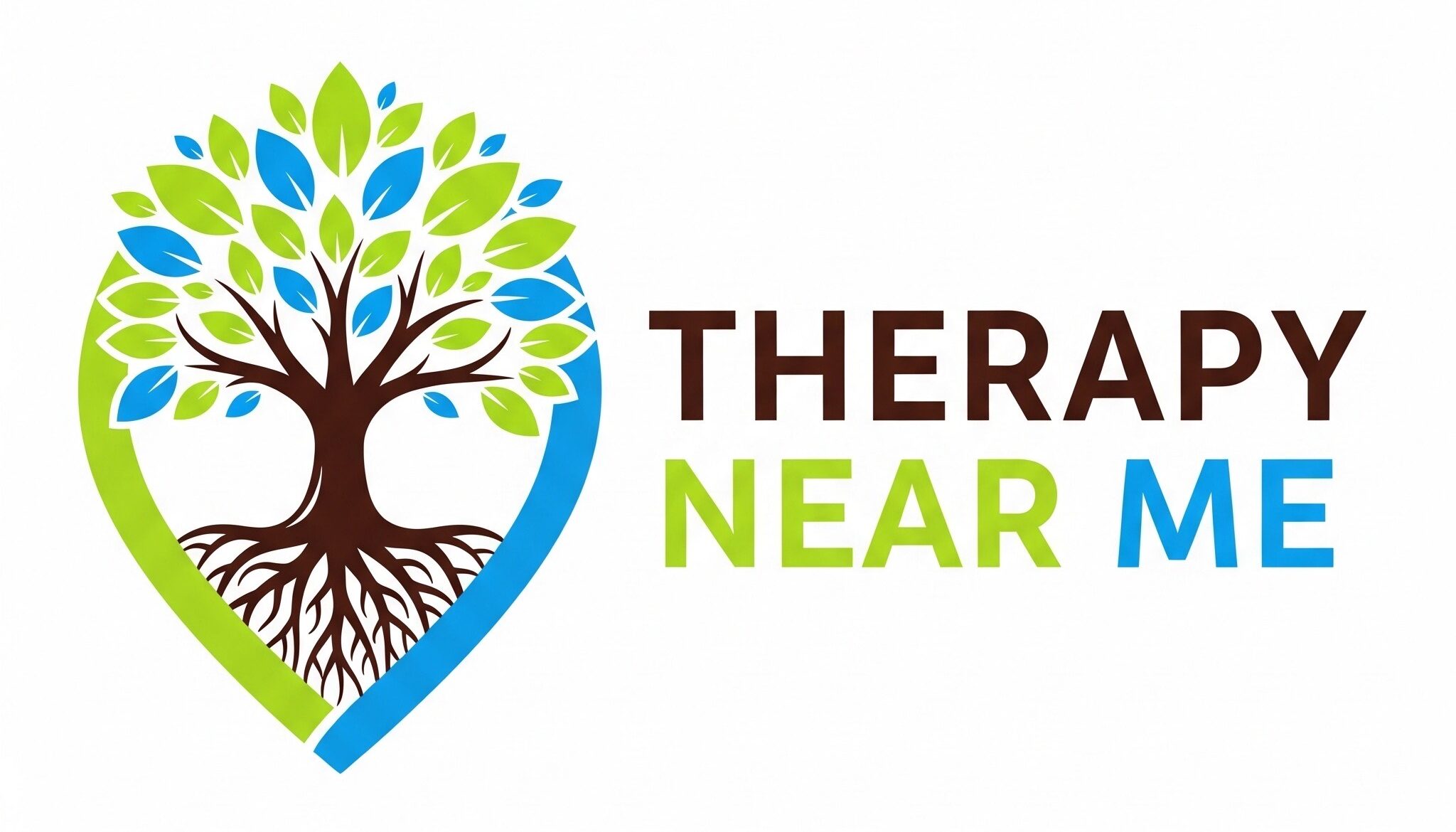Anxiety is a common mental health condition characterised by excessive worry, fear, and apprehension. While it is normal to experience anxiety in response to stress, persistent and intense anxiety can significantly impact daily life and well-being. This article explores the various symptoms of anxiety, their causes, and the importance of seeking help, supported by scientific research and expert insights.
Understanding Anxiety
Definition
Anxiety is defined as an emotion characterised by feelings of tension, worried thoughts, and physical changes such as increased blood pressure (American Psychiatric Association, 2013). Anxiety disorders encompass a range of conditions, including generalised anxiety disorder (GAD), panic disorder, social anxiety disorder, and specific phobias.
Prevalence
Anxiety disorders are among the most common mental health conditions worldwide. According to the World Health Organization (2017), approximately 3.6% of the global population suffers from anxiety disorders, with higher prevalence rates reported in women than men.
Common Symptoms of Anxiety
Emotional Symptoms
- Excessive Worry: Persistent and uncontrollable worry about various aspects of life, such as health, work, and relationships. This worry is often disproportionate to the actual situation (Craske & Stein, 2016).
- Fear and Apprehension: Intense feelings of fear or dread, often without a clear or immediate threat. This can lead to avoidance behaviours and social withdrawal (Stein & Sareen, 2015).
- Restlessness: A constant feeling of being on edge or unable to relax. This can manifest as irritability and difficulty concentrating (Bandelow et al., 2017).
Physical Symptoms
- Increased Heart Rate: Palpitations or a racing heart, often described as a pounding sensation in the chest (Bystritsky et al., 2013).
- Sweating: Excessive sweating, particularly in situations that trigger anxiety (Gorman, 2004).
- Trembling or Shaking: Visible shaking or internal tremors, which can be distressing and noticeable to others (Bystritsky et al., 2013).
- Shortness of Breath: Difficulty breathing or a sensation of being smothered, which can lead to hyperventilation (Craske & Stein, 2016).
- Muscle Tension: Persistent tension, stiffness, or aches in the muscles, particularly in the neck, shoulders, and back (Gorman, 2004).
- Gastrointestinal Issues: Nausea, stomach cramps, or digestive problems, often referred to as “butterflies” in the stomach (Craske & Stein, 2016).
- Fatigue: Feeling unusually tired or exhausted, even without significant physical exertion (Bandelow et al., 2017).
Cognitive Symptoms
- Racing Thoughts: An overwhelming stream of thoughts that can be difficult to control or quiet, often focused on worst-case scenarios (Stein & Sareen, 2015).
- Difficulty Concentrating: Trouble focusing or staying on task, with a mind that frequently wanders to anxious thoughts (Bandelow et al., 2017).
- Memory Problems: Difficulty remembering details or retaining information, particularly when under stress (Bystritsky et al., 2013).
Behavioural Symptoms
- Avoidance: Deliberately avoiding situations or activities that trigger anxiety, which can lead to significant life limitations (Stein & Sareen, 2015).
- Compulsive Behaviours: Engaging in repetitive actions or rituals to manage anxiety, often seen in obsessive-compulsive disorder (OCD) (American Psychiatric Association, 2013).
- Social Withdrawal: Avoiding social interactions or isolating oneself to prevent anxiety-provoking situations (Craske & Stein, 2016).
Causes of Anxiety
Genetic Factors
Research indicates that anxiety disorders can run in families, suggesting a genetic predisposition. Twin studies have shown that genetics account for about 30-40% of the variance in anxiety disorders (Hettema et al., 2001).
Environmental Factors
Environmental factors, such as traumatic experiences, chronic stress, and significant life changes, can contribute to the development of anxiety disorders (Kessler et al., 2005). Early childhood experiences, such as neglect or abuse, can also increase the risk of anxiety later in life (McLaughlin et al., 2012).
Neurobiological Factors
Abnormalities in brain chemistry and function, particularly involving neurotransmitters like serotonin and dopamine, are associated with anxiety disorders. The amygdala and hippocampus, brain regions involved in processing emotions and memory, also play a role in anxiety (Nutt et al., 2006).
Importance of Seeking Help
Early Intervention
Early intervention is crucial for effectively managing anxiety. Untreated anxiety disorders can lead to more severe mental health issues, such as depression and substance abuse, and can negatively impact physical health (Craske & Stein, 2016).
Treatment Options
Several effective treatments are available for anxiety disorders, including:
- Cognitive-Behavioural Therapy (CBT): A form of psychotherapy that helps individuals identify and change negative thought patterns and behaviours associated with anxiety (Hofmann et al., 2012).
- Medications: Antidepressants (such as SSRIs and SNRIs) and benzodiazepines can be prescribed to help manage anxiety symptoms (Baldwin et al., 2011).
- Lifestyle Changes: Regular exercise, a healthy diet, adequate sleep, and stress management techniques, such as mindfulness and relaxation exercises, can significantly reduce anxiety symptoms (Salmon, 2001).
Support Systems
Having a strong support system of family, friends, and mental health professionals can make a significant difference in managing anxiety. Support groups and online communities can also provide valuable resources and encouragement (Bandelow et al., 2017).
Conclusion
Anxiety is a common and treatable condition that affects millions of people worldwide. Recognising the symptoms of anxiety and understanding its causes are essential steps towards seeking help and improving quality of life. With early intervention, appropriate treatment, and a strong support system, individuals with anxiety can manage their symptoms and lead fulfilling lives.
References
- American Psychiatric Association. (2013). Diagnostic and Statistical Manual of Mental Disorders (5th ed.). American Psychiatric Publishing.
- Baldwin, D. S., Anderson, I. M., Nutt, D. J., Bandelow, B., Bond, A., Davidson, J. R., … & Wittchen, H. U. (2011). Evidence-based pharmacological treatment of anxiety disorders, post-traumatic stress disorder and obsessive-compulsive disorder: A revision of the 2005 guidelines from the British Association for Psychopharmacology. Journal of Psychopharmacology, 25(4), 310-335.
- Bandelow, B., Michaelis, S., & Wedekind, D. (2017). Treatment of anxiety disorders. Dialogues in Clinical Neuroscience, 19(2), 93-107.
- Bystritsky, A., Khalsa, S. S., Cameron, M. E., & Schiffman, J. (2013). Current diagnosis and treatment of anxiety disorders. Pharmacy and Therapeutics, 38(1), 30-57.
- Craske, M. G., & Stein, M. B. (2016). Anxiety. The Lancet, 388(10063), 3048-3059.
- Gorman, J. M. (2004). Gender differences in depression and response to psychotropic medication. Gender Medicine, 1(1), 18-28.
- Hettema, J. M., Neale, M. C., & Kendler, K. S. (2001). A review and meta-analysis of the genetic epidemiology of anxiety disorders. American Journal of Psychiatry, 158(10), 1568-1578.
- Hofmann, S. G., Asnaani, A., Vonk, I. J., Sawyer, A. T., & Fang, A. (2012). The efficacy of cognitive behavioral therapy: A review of meta-analyses. Cognitive Therapy and Research, 36(5), 427-440.
- Kessler, R. C., Berglund, P., Demler, O., Jin, R., Merikangas, K. R., & Walters, E. E. (2005). Lifetime prevalence and age-of-onset distributions of DSM-IV disorders in the National Comorbidity Survey Replication. Archives of General Psychiatry, 62(6), 593-602.
- McLaughlin, K. A., Green, J. G., Gruber, M. J., Sampson, N. A., Zaslavsky, A. M., & Kessler, R. C. (2012). Childhood adversities and first onset of psychiatric disorders in a national sample of US adolescents. Archives of General Psychiatry, 69(11), 1151-1160.
- Nutt, D., Argyropoulos, S., Hood, S., & Potokar, J. (2006). Generalized anxiety disorder: A comorbid disease. European Neuropsychopharmacology, 16(Suppl 2), S109-S118.
- Salmon, P. (2001). Effects of physical exercise on anxiety, depression, and sensitivity to stress: A unifying theory. Clinical Psychology Review, 21(1), 33-61.
- Stein,M. B., & Sareen, J. (2015). Generalized anxiety disorder. New England Journal of Medicine, 373(21), 2059-2068.
How to get in touch
If you or your NDIS participant need immediate mental healthcare assistance, feel free to get in contact with us on 1800 NEAR ME – admin@therapynearme.com.au.







